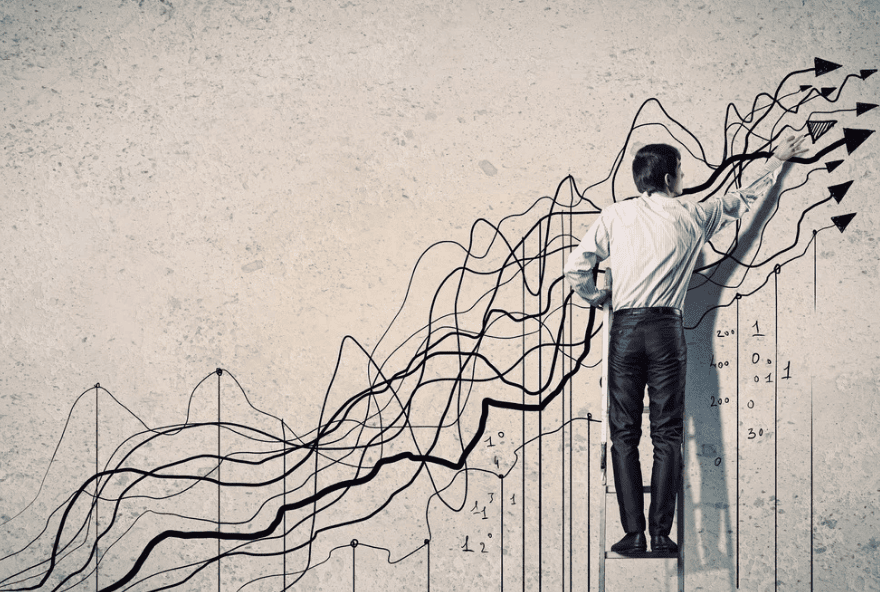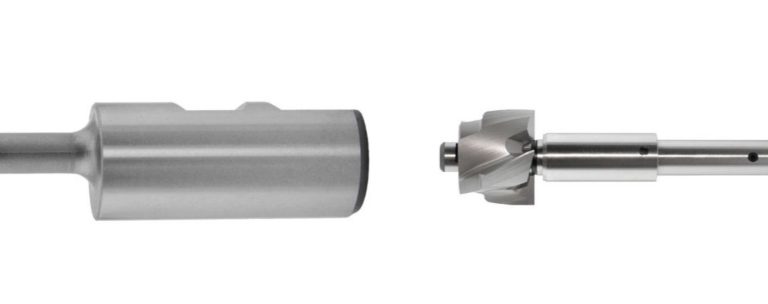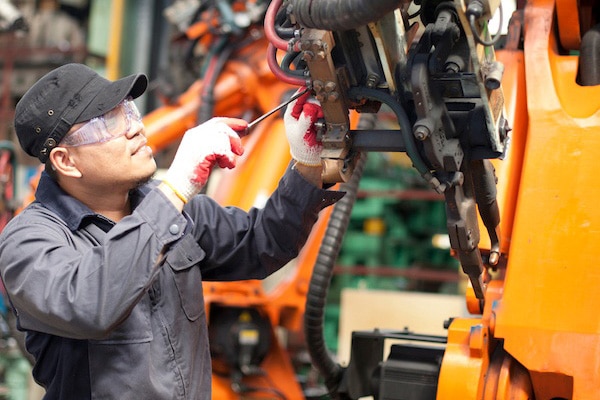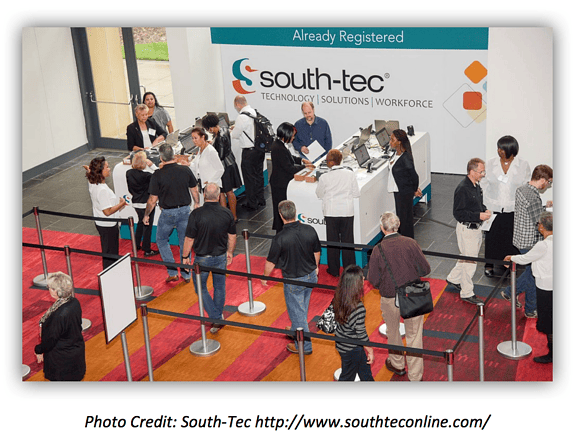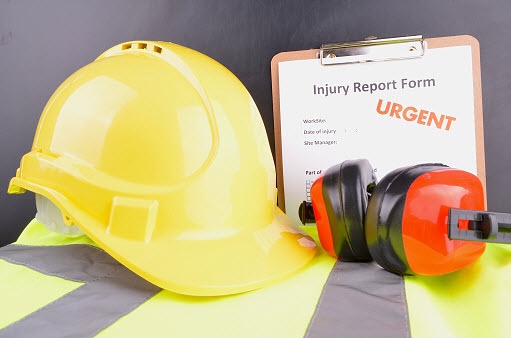Are Capital Expenditures on The Rise in Manufacturing?
A few months ago, a friend of mine in plastics manufacturing shared that his firm was experiencing a substantial uptick in production. He went on to mention that to handle the surge in productivity, his company was investing into a custom tool that would automate portions of the production process.
Earlier in the year, I also remember a former colleague (who now owns a construction equipment resale business) saying that after several years of slumped sales, business was finally picking up. He said that prior to this year, corporations simply were not making long-term investments in equipment — but that all seemed to be turning around for 2017.
These personal observations had us wondering: are these scenarios a coincidence? Or indicative of a larger trend? Are capital expenditures truly on the rise? To answer that, we decided to do a little digging. Here’s a look at what we found.
Spending Lags in Some Countries But Global Averages Are On the Rise
According to research from international accounting and consultancy network UHY, it appears that capital spending is indeed on the rise – and not just in the United States. According to UHY, the U.S. has raised capital investments, on average, by 33 percent in five years.
In that same period, China has continued to lead the trend with an explosive capex increase of 73 percent. Additionally, though some European economies are still lagging in capital spending, UHY reports an overall increase in the world average by 21.1 percent.
So why this global rise in production and spending? UHY cites one reasons as, “higher capital investment levels are an indicator that businesses are positioning themselves to expand capacity, to improve productivity, or to move into new markets by opening new sites.”
Zooming In On The Homefront
Optimism in global markets may be contributing to steady growth in production and domestic spending as well. In the past 12 months, many sectors of manufacturing have taken a huge leap from where they were a year ago, citing that they’ve seen noticeable “increased business confidence.” This in turn results in a greater willingness to purchase new machinery and equipment that will support both current and forecasted production levels.
According to The Wall Street Journal, “business investment has risen, a sign companies are spending to increase productivity. In the first quarter, investment in plants climbed a seasonally adjusted annual rate of 14.8%, the highest since early 2014. Investment in equipment climbed 8.8% in the second quarter, the highest in almost two years.”1
Lower Corporate Taxes May Spur Spending
Another factor that may be prompting more manufacturing companies to make capital investments is the recent proposal for corporate tax reform. This tax provision, which aims to reduce the corporate tax rate from the current rate of 35 percent down to 20 percent, would put money back into manufacturing business’s bottom lines, potentially freeing up funds for them to invest in the tools, equipment and automated processes that improve productivity and efficiency. (See how the Autofacer does this for a variety of applications.)
Whatever reasons were behind the recent successes of my friends — whether global optimism or the promise of domestic corporate tax cuts – it seems that their scenarios are not isolated. Research suggests that many more firms are, indeed, noticing a recent rise in capital spending. And while not every manufacturing sector may be feeling the impact of this change, the fact that more businesses are taking noticeable measures to invest in the future is welcome news for everyone.

